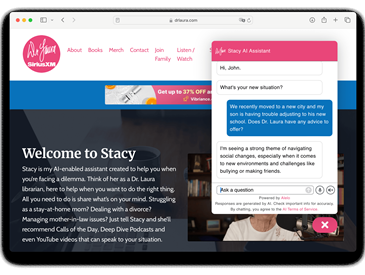By Neil Heffernan, Worcester Polytechnic Institute

In Educational Technology communities, there is a debate about the best way to structure online learning programs. Should platforms focus on the individual student or the classroom? Should teachers act as a leader of the class, or supplement students’ independent practice?
Among educators today, mastery learning is commonly regarded as an effective approach to teaching. Coined by psychologist Benjamin Bloom in 1968, mastery learning asserts that students should gain mastery (over 90% proficiency) over a given subject before they can move on to subsequent topics.Many online learning platforms, such as Khan Academy, are built on the principles of mastery learning.
Based on the idea that students grasp concepts at different speeds, mastery learning systems have students working at their own pace. Sarah may be on lesson 13, while Eric is plugging away at lesson 4.
Despite the power of mastery learning can help students fill in gaps, it can have negative effects on low-knowledge students, prevent teachers from managing assignments and prevent rich classroom discussions.
While high knowledge students can excel in self-guided programs, low-knowledge students often need more guidance and the chance to work through problems with their peers. A meta-analysis by Duke University researchers of 23 studies examining the efficacy of intelligent tutoring systems showed that self-paced education technology may actually exacerbate achievement gaps by allowing already high-performing students to progress while leaving underperforming students to flounder.
Mastery learning systems are also less helpful with students who are apathetic toward their assignment. Since mastery learning practice is often unrelated to the lesson taught in class that day, apathetic students can feel de-incentivized to work through assignments.
As opposed to the mastery learning style of Khan Academy, we suggest that classrooms need online learning tools that are meant to support teachers. To be effective, online teaching tools need to allow teachers to structure classwork and homework so these activities remain connected to the class learning trajectory.
Teacher-centered tools like ASSISTments allow teachers to build problem sets, while offering students individualized feedback. Since students are given assignments to be completed on certain days, they are more incentivized to stay on track because they know their teacher will see their work.
When students in a class all complete the same problem set, the class is able to have a rich conversation about the assignment. In these conversations, students can work collaboratively to clarify misconceptions and work through ideas.
Teacher-centered learning tools support independent practice time effectively. Since students are largely on the same page, the teacher can effortlessly travel around the classroom and check in with individuals without having to reorient to vastly different content. By keeping a class together, teachers are able to customize lessons in response to data. These lessons are designed by the teacher to fit the group and address common wrong answers.
Instead of focusing on mastery learning, we should shift our focus to tools that balance the needs of the individual with the needs of the class. This will allow students to stay on the same page, while still customizing feedback to enhance learning on the individual level.
ABOUT ALELO
Alelo is a world leader in artificially intelligent avatar-based learning solutions for educators, corporations, and governments. Learn more about our asynchronous learning platform for education.


